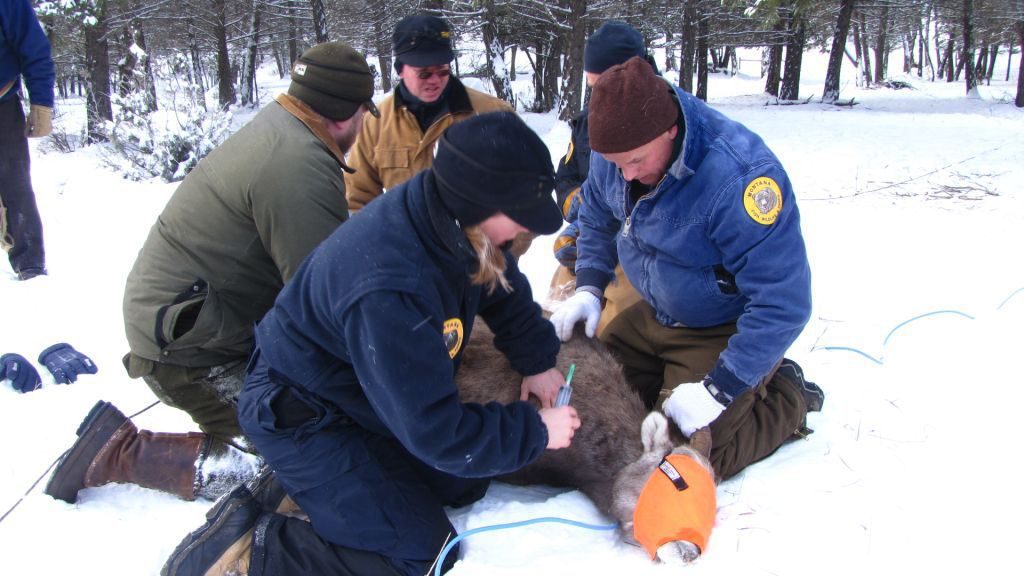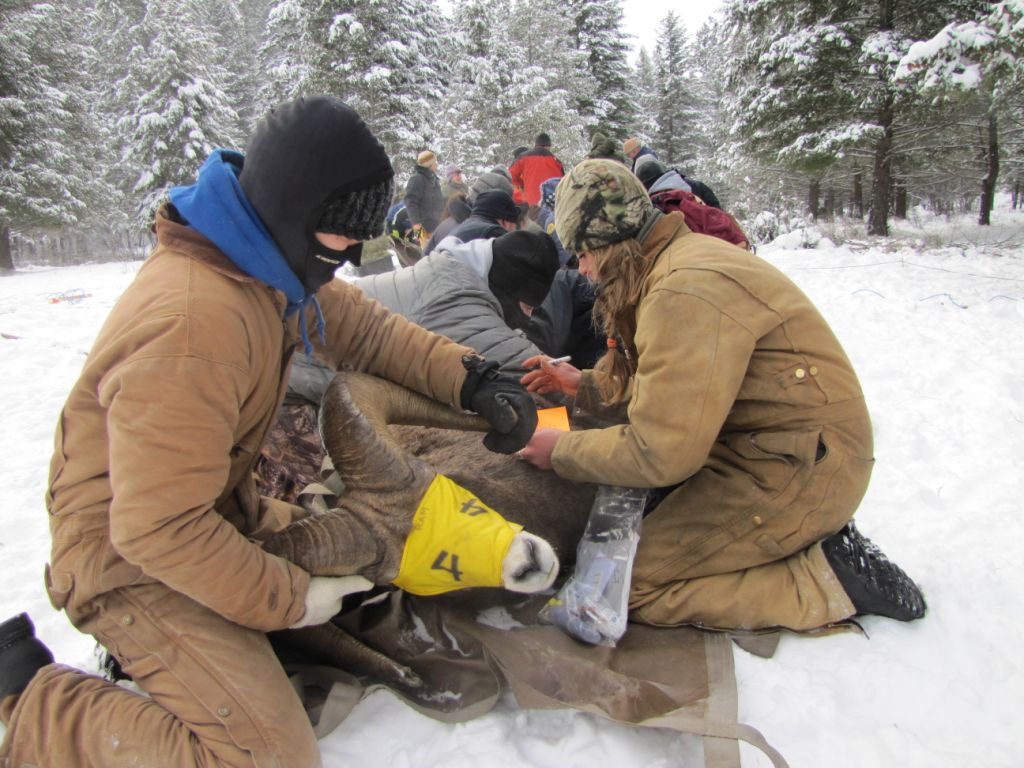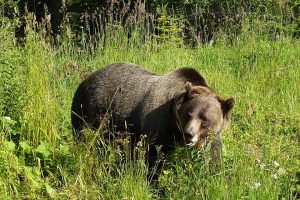In an attempt to test the overall health of a native herd of bighorn sheep, Montana Fish, Wildlife and Parks biologists and various volunteers captured and tested 32 bighorn sheep last week. The capture, taking place at the Woods Ranch Wildlife Management Area, was conducted by utilizing a large, suspended drop net.
Enticing the sheep with fresh hay, program administrators wait until a large enough sampling of sheep arrive at the bait site and quickly drop the net from overhead. Moments later, the team of both biologists and volunteers act quickly to subdue the sheep, blindfold the animals and administer testing.

The testing process allows biologists to test for both mycoplasma and ovipneumoniae, the pathogens generally associated as the root cause of pneumonia. The disease was rampant in the fall of 2016, particularly in western Montana, causing the death of at least 37 bighorn sheep on the National Bison Range north of Missoula.
Additionally, the animals were also swabbed and tested for respiratory viruses and parasite loads. The animals captured were a mix of ewes, lambs and rams and the data collected should prove to be vital to the continual monitoring of the overall health of this particular herd of bighorns.
Additional bighorn sheep herd health operations will be focused on herds in Hunting Districts 121 (North Clark Fork), 122 (Clark Fork Cutoff), and 101 (Ural-Tweed along Lake Koocanusa (Libby Reservoir)). Bighorns in the Paradise herd (HD 124) were captured last month as part of a statewide research effort to learn more about how diseases function in bighorn sheep populations.




